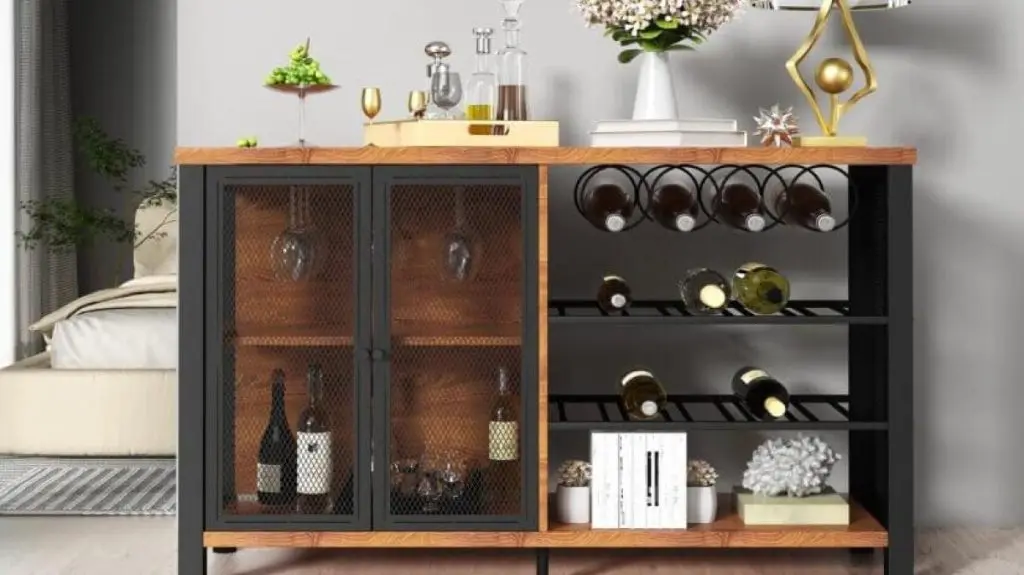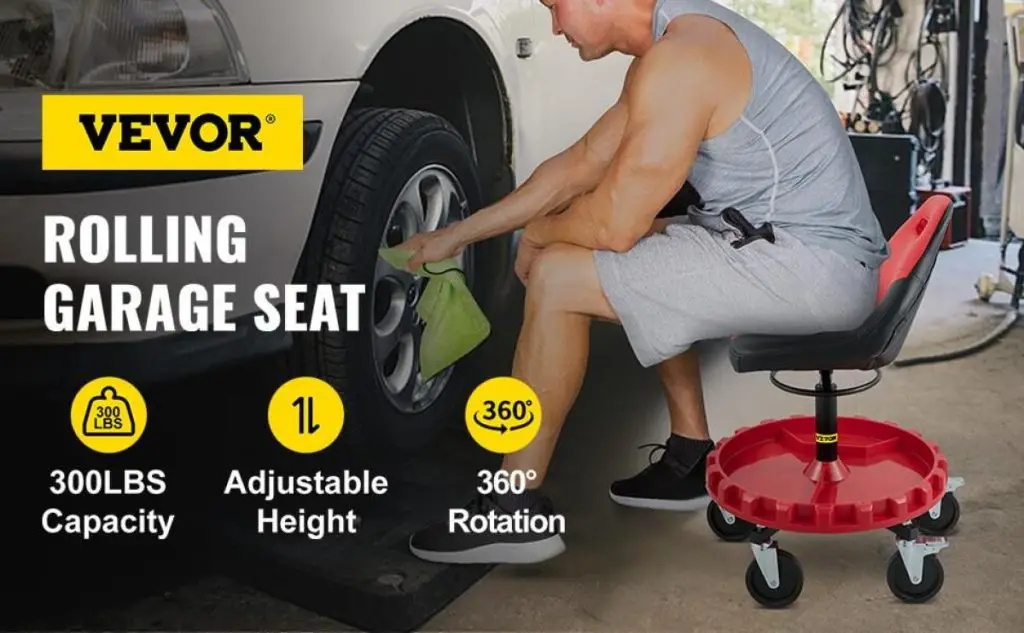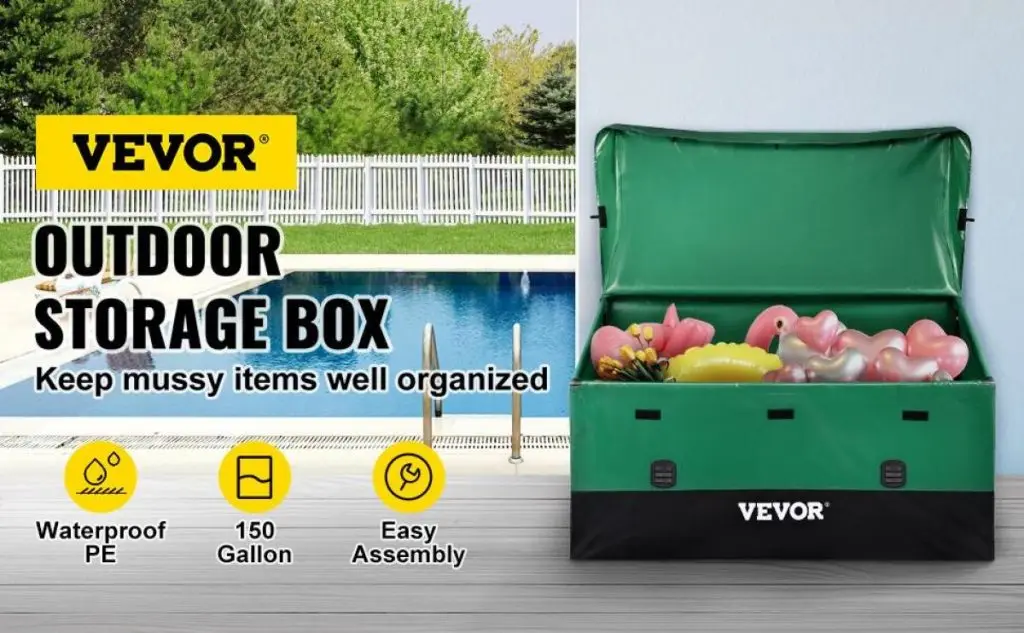Riding a motorcycle is pure freedom—wind in your face, open road ahead. But let’s get real: no one wants “helmet hair” to turn into a “hospital stay.” This is why investing in the right helmet is non-negotiable.
Thankfully, learning how to choose a motorcycle helmet doesn’t have to be complicated. This guide will steer you toward making the smartest decision for your noggin. Speaking of smart choices, the VEVOR motorcycle helmet is a high-performance option that checks all the right boxes—safety, comfort, and a splash of cool. You’ll see why soon.
Whether you’re a speed demon or a casual cruiser, the perfect helmet isn’t just an accessory — it’s a lifesaving companion, and this guide will reveal all you need to know about choosing the perfect one. Buckle up, because we’re about to make helmet shopping a whole lot more exciting!
Table of contents
- Why is Choosing the Right Motorcycle Helmet Essential?
- Exploring the Different Types of Motorcycle Helmets
- Key Factors to Consider When Choosing a Motorcycle Helmet
- How to Pick the Right Motorcycle Helmet for Your Riding Style
- Common Mistakes to Avoid When Buying a Motorcycle Helmet
- Why Choose VEVOR Motorcycle Helmets?
- Conclusion: Make an Informed Choice for Your Safety
Why is Choosing the Right Motorcycle Helmet Essential?
Motorcycle helmets are more than just an accessory; they are an important piece of safety equipment, and selecting the right helmet can be the one thing between a safe ride and a nasty injury.
Here’s why learning how to pick a motorcycle helmet is important:
The Role of Helmets in Rider Safety
Helmets are designed to absorb impact, protect the skull, and reduce the risk of traumatic brain injuries. Studies show that wearing a helmet reduces the risk of head injury by 69% and the risk of death by 42% in motorcycle accidents. The outer shell disperses force from an impact, while the inner foam lining cushions the head. Without this protection, even minor accidents can result in life-altering injuries.
Legal and Safety Requirements
Helmet laws vary by region. In many countries, wearing a helmet is mandatory for all riders and passengers, while some states or regions require helmets only for specific age groups or under certain conditions. Riding without a helmet can result in fines, license suspension, or worse, (preventable) injuries. Additionally, adhering to safety standards like DOT, ECE, or Snell certifications ensures that the helmet meets quality benchmarks for protection.
Exploring the Different Types of Motorcycle Helmets
Understanding the types of helmets is important when learning how to buy a motorcycle helmet because every design offers features and caters to specific needs and riding styles that might not be prioritized by another.
1. Full-Face Helmets
Full-face helmets offer maximum protection by covering the entire head, including the chin—an area often impacted during crashes. They are ideal for high-speed or all-weather riding, shielding riders from wind, debris, and harsh weather. With superior noise reduction and aerodynamic design, full-face helmets provide enhanced safety and comfort, making them a top choice for performance riders.
2. Modular Helmets (Flip-Up)
Modular helmets combine the safety of full-face helmets with the convenience of open-face designs. Their flip-up mechanism allows riders to switch between full coverage and open-face mode, making them popular among touring riders. While modular helmets offer flexibility and comfort, they tend to be slightly heavier due to the hinge system, and the chin bar may not be as robust as that of a full-face helmet.
3. Open-Face Helmets (3/4)
Open-face helmets cover the top, back, and sides of the head, leaving the face exposed. They are lightweight and provide excellent visibility, making them ideal for city rides. However, the lack of chin protection increases the risk of injury in a collision.
4. Half Helmets
Half helmets are lightweight and offer minimal coverage, protecting only the top of the head. Popular among casual riders, they provide ventilation and a sense of freedom but lack the protection needed for high-speed or off-road conditions.
Key Factors to Consider When Choosing a Motorcycle Helmet
Selecting the right helmet is important when safety and comfort are your main priorities. Understanding the factors that determine the effectiveness, comfort, and safety of helmets can help you learn how to choose a motorcycle helmet that meets your needs.
Safety Standards and Certifications
Certified helmets ensure high safety standards, protecting you in case of an accident. Before buying a helmet, look for certifications like DOT (Department of Transportation), ECE (Economic Commission for Europe), and Snell. DOT-certified helmets meet the minimum safety requirements in the U.S., while ECE certification is recognized internationally for its intense testing. Snell helmets undergo advanced impact and safety evaluations, making them a top-tier choice. You should always opt for certified helmets to ensure your safety on the road.
Fit and Sizing
A properly fitting helmet is essential for protection. To measure your head, use a flexible tape measure around the widest part of your head, just above the eyebrows. Check sizing charts for guidance, but trying on helmets is also important. A well-fitted helmet should feel snug without causing pressure points. It shouldn’t shift when you move your head. Remember, an ill-fitting helmet can compromise safety, even if it’s certified.
Helmet Material and Construction
Helmet materials impact weight, durability, and impact resistance. Polycarbonate helmets are budget-friendly and absorb energy through flexing. Fiberglass helmets on the other hand offer better durability by dispersing impact across the shell, while carbon fiber helmets are lightweight yet strong making them great choices for long rides and performance riding.
Comfort and Ventilation
Riding for long periods can be uncomfortable without proper ventilation. Helmets with advanced airflow systems regulate temperature and reduce fogging. Look for models with removable and washable liners for hygiene. Additional features like anti-fog technology and padded interiors enhance comfort, making your rides enjoyable and safe.
Visibility and Visor Options
Clear visibility is important for safe riding. Choose helmets with clear, scratch-resistant visors that ensure unobstructed views. For varying light conditions, consider helmets with tinted visors or transition lenses that adapt to sunlight. A wide field of view and anti-glare coatings further improve safety by reducing distractions.
How to Pick the Right Motorcycle Helmet for Your Riding Style
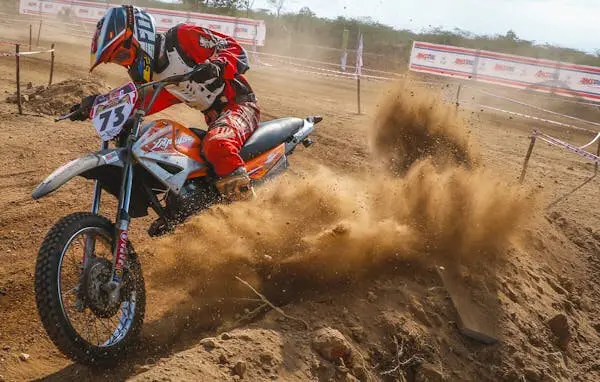
Choosing the right helmet involves considering your riding style. Whether you’re commuting, touring, or exploring off-road trails, understanding how to choose a motorcycle helmet suited to your needs is necessary. We discuss important considerations for different types of riders in this section.
Urban and Commuting Riders
For urban and commuting riders, lightweight helmets with good ventilation are ideal. Open-face or modular helmets can be excellent choices, as they provide comfort during frequent stops and starts. Features like noise reduction and a compact design make them suitable for navigating city traffic. These helmets balance safety with convenience, helping you stay protected during short-distance rides.
Long-Distance and Touring Riders
Touring riders require helmets designed for extended wear. Look for models with enhanced padding for comfort, built-in sun shields to protect against glare, and anti-fog visors for clear visibility in changing weather conditions. Modular or full-face helmets are great options, offering versatility and superior wind protection during long trips. Comfort-focused features are critical for ensuring an enjoyable ride over long distances.
Off-Road and Adventure Riders
Off-road and adventure riders need helmets that can withstand rugged conditions. Opt for helmets with superior ventilation to keep cool during intense activity, extended visors for sun and debris protection, and a durable construction that resists impacts. Lightweight, full-face designs with a chin bar are ideal for challenging terrains.
Common Mistakes to Avoid When Buying a Motorcycle Helmet
Buying a motorcycle helmet is a critical decision that impacts your safety and comfort. Avoiding common mistakes can ensure you make an informed choice. Avoid these common pitfalls when shopping for a motorcycle helmet.
1. Skipping Proper Fitment Testing
A helmet that doesn’t fit properly can compromise safety and cause discomfort. Riders often purchase helmets without testing for the right fit, leading to loose or overly tight gear. Always measure your head, refer to sizing charts, and try the helmet to ensure it fits snugly without causing pressure points.
2. Overlooking Safety Certifications
Uncertified helmets may look appealing but lack the rigorous testing required for reliable protection. Avoid helmets without certifications like DOT, ECE, or Snell. Certified helmets meet safety standards, offering reassurance in the event of an accident.
3. Prioritizing Style Over Safety
While style is important, prioritizing aesthetics over safety features is a mistake you want to avoid. Trendy designs should not overshadow elements like durable materials, proper ventilation, and robust visors. Always prioritize functionality and certified safety requirements over mere appearance.
Why Choose VEVOR Motorcycle Helmets?
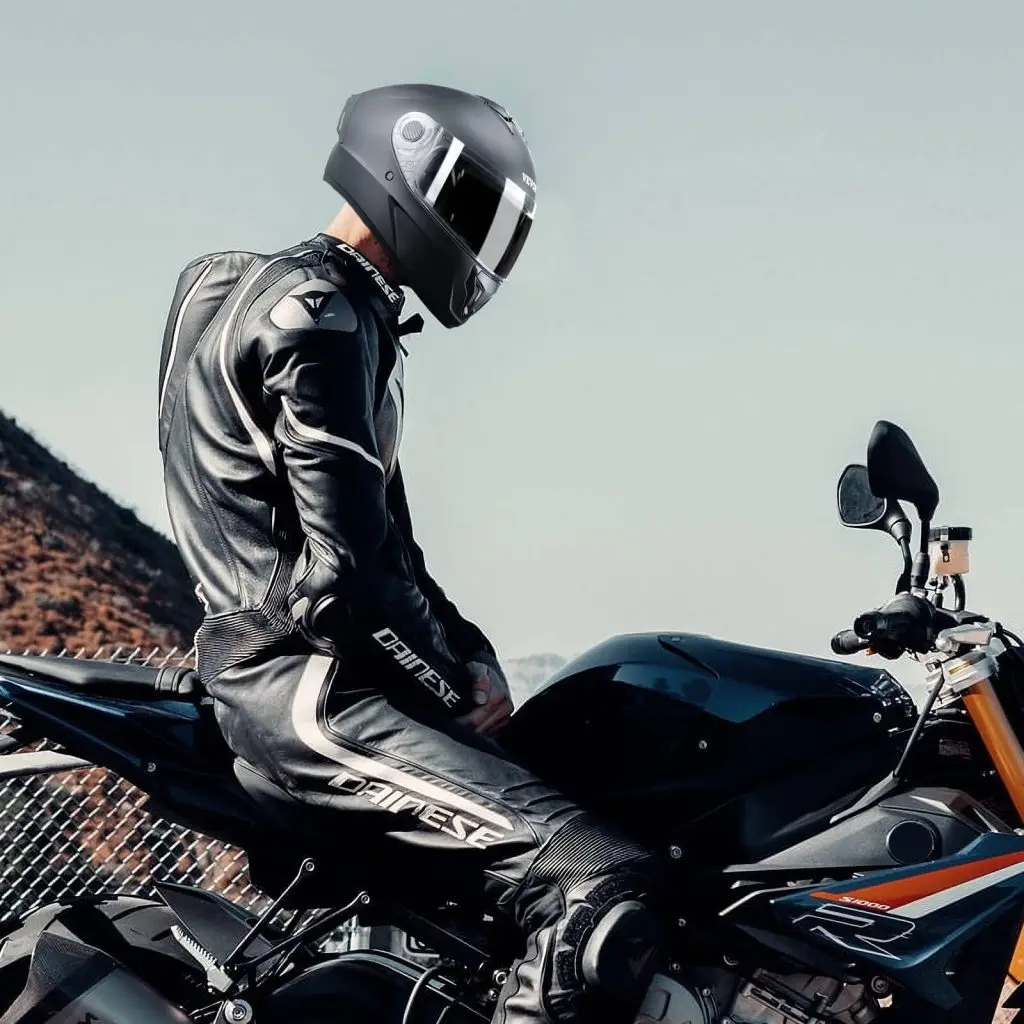
Obviously, there are several options for anyone looking to invest in a motorcycle helmet right now. Out of these options, we recommend that you invest in the VEVOR model. And we will tell you why. VEVOR motorcycle helmets are known to offer supreme rider safety, quality, and comfort. Coming from a brand with a strong reputation for providing high-performance gear, VEVOR helmets meet stringent safety certifications such as DOT and ECE, ensuring reliable protection for riders.
We discuss why you should choose these high-performance helmets below.
Recommended For Your Project
VEVOR’s Commitment to Quality and Safety
VEVOR prioritizes safety in every design. Their helmets undergo rigorous testing to meet or exceed international standards, offering peace of mind for riders in various conditions. The brand is committed to providing durable and secure head protection for all riding styles.
Key Features of VEVOR Helmets
VEVOR helmets are crafted from high-quality materials like polycarbonate and fiberglass, providing excellent impact resistance. Advanced ventilation systems ensure airflow and comfort, while removable, washable liners enhance convenience.
Many VEVOR helmets also feature anti-scratch and anti-fog visors, as well as sun shields for added convenience in different lighting conditions. These thoughtful features make VEVOR helmets a trusted choice for riders seeking safety and comfort.
Conclusion: Make an Informed Choice for Your Safety
Choosing the right motorcycle helmet is crucial for your safety, comfort, and overall riding experience. Consider factors like safety certifications, fit, material, and comfort features when selecting a helmet. Your riding style should guide your decision, whether you’re commuting, touring, or off-roading.
Regarding the options available, VEVOR helmets stand out as a dependable, high-quality choice, offering superior protection with certifications like DOT and ECE, durable materials, and comfort-enhancing features. By prioritizing safety and selecting a helmet that suits your needs, you can enjoy peace of mind on every ride. Make an informed choice and invest in your protection today by visiting the VEVOR website and placing an order!


